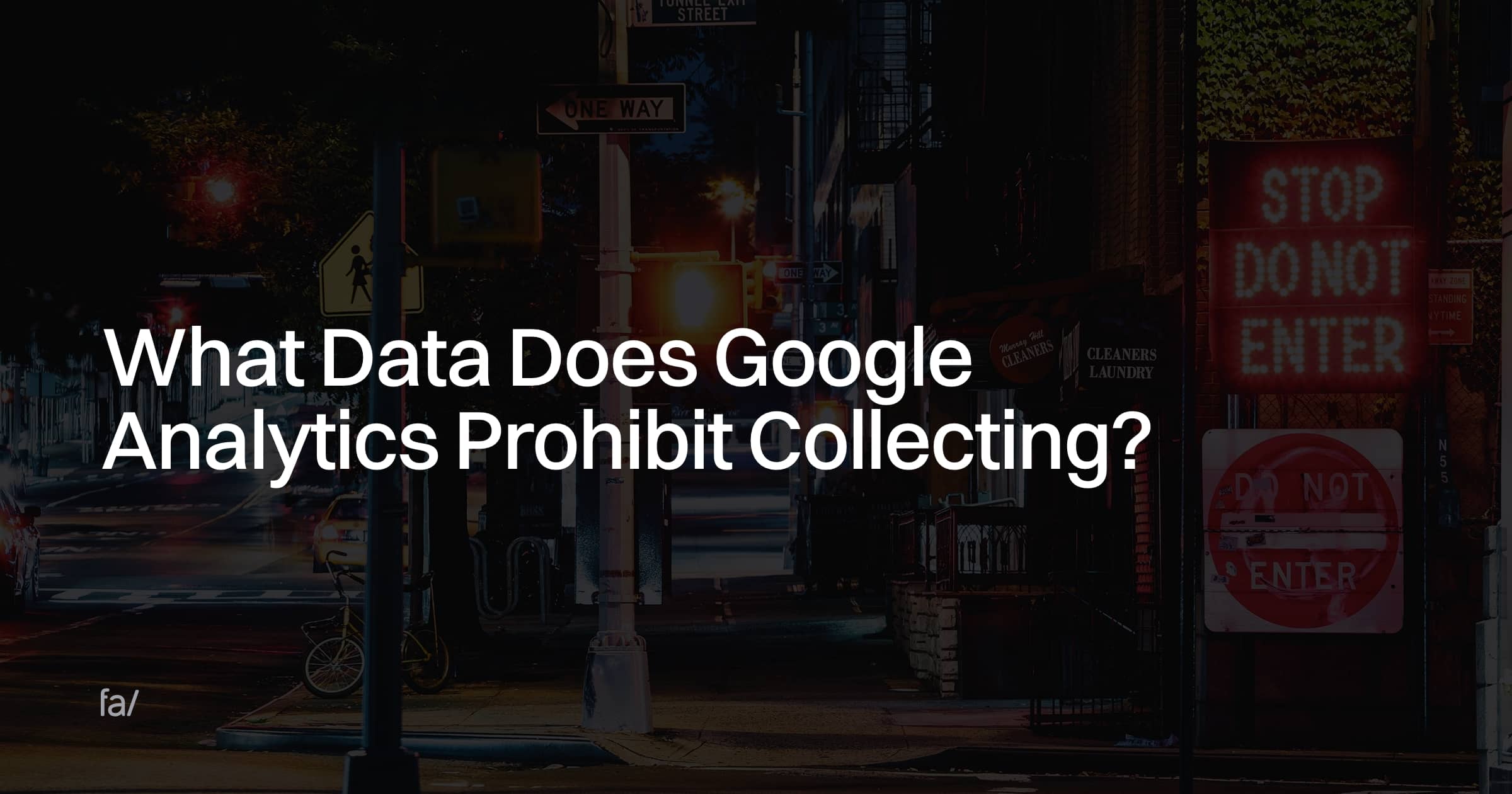Unlocking Insights: Understanding What Data Does Google Analytics Prohibit Collecting
Unlocking Insights: Understanding What Data Does Google Analytics Prohibit Collecting
Blog Article
Understanding the Art of Conquering Data Collection Limitations in Google Analytics for Better Decision-Making
In the realm of digital analytics, the capacity to remove purposeful insights from data is vital for notified decision-making. Google Analytics stands as a powerful tool for businesses looking for to understand individual habits, track conversions, and optimize their online existence. However, information collection constraints within this system can hinder the precision and deepness of the details collected. To absolutely harness the possibility of Google Analytics for strategic decision-making, mastering the art of conquering these constraints is vital. By employing advanced methods and tactical methods, organizations can boost their information high quality, unlock concealed understandings, and lead the means for even more efficient and educated choices.
Data Quality Evaluation
Data top quality assessment entails assessing numerous aspects such as precision, efficiency, uniformity, and timeliness of the information. One essential facet to take into consideration is information accuracy, which refers to how well the information shows the real worths of the metrics being gauged.
Efficiency of data is another essential variable in examining data top quality. Consistency checks are likewise important in data high quality evaluation to identify any discrepancies or anomalies within the data collection. By prioritizing information quality evaluation in Google Analytics, companies can enhance the dependability of their analytics reports and make more educated decisions based on accurate understandings.
Advanced Tracking Methods
Making use of sophisticated monitoring methods in Google Analytics can dramatically improve the deepness and granularity of data collected for even more comprehensive analysis and understandings. One such technique is event monitoring, which permits for the tracking of particular communications on a web site, like clicks on switches, downloads of files, or video clip sights. By carrying out occasion monitoring, businesses can obtain a much deeper understanding of customer behavior and involvement with their on-line content.
Furthermore, custom-made dimensions and metrics offer a method to customize Google Analytics to particular service requirements. Customized dimensions enable the production of new data factors, such as individual duties or consumer sectors, while custom-made metrics allow the tracking of one-of-a-kind efficiency indications, like earnings per user or average order worth.
Moreover, the utilization of Google Tag Manager can improve the execution of tracking codes and tags throughout an internet site, making it much easier to manage and release advanced tracking configurations. By using these advanced tracking methods, organizations can unlock useful understandings and maximize their online methods for much better decision-making.
Custom Measurement Application
To enhance the depth of information accumulated in Google Analytics past innovative monitoring strategies like occasion tracking, organizations can implement personalized measurements for more tailored insights. Custom measurements allow businesses to define and accumulate details data factors that relate to their special objectives and goals (What Data Does Google Analytics Prohibit Collecting?). By designating customized measurements to different elements on an internet site, such as user communications, demographics, or session information, businesses can gain a more granular understanding of how users engage with their online properties

Acknowledgment Modeling Approaches
By using the appropriate acknowledgment version, services can precisely visit the site connect conversions to the suitable touchpoints along the consumer trip. One usual acknowledgment design is the Last Communication design, which gives credit for a conversion to the last touchpoint a user interacted with before transforming.
Information Experiencing Evasion
When taking care of huge quantities of information in Google Analytics, getting over information tasting is crucial to ensure accurate insights are obtained for educated decision-making. Data sampling happens when Google Analytics approximates patterns in information rather than examining the total dataset, potentially bring about skewed results. To avoid data tasting, one reliable strategy is to lower the day array being analyzed. By concentrating on shorter amount of time, the chance of running into sampled data reductions, offering a more specific depiction of individual behavior. Furthermore, using Google Analytics 360, the costs version of the system, can assist alleviate sampling as it allows for greater information thresholds prior to sampling begins. Executing filters to tighten down the data being analyzed can additionally assist in staying clear of sampling issues. By taking these aggressive actions to lessen information tasting, businesses can remove more precise insights from Google Analytics, bring about far better decision-making and enhanced total efficiency.
Conclusion
Finally, grasping the art of getting over information collection constraints in Google Analytics is essential for making informed decisions. By carrying out a detailed information quality analysis, carrying out sophisticated monitoring methods, making use of personalized measurements, using attribution modeling approaches, and staying clear of data tasting, businesses can ensure that they have trusted and accurate information to base their decisions on. This will ultimately lead to much more efficient approaches and better outcomes for the company.

Report this page